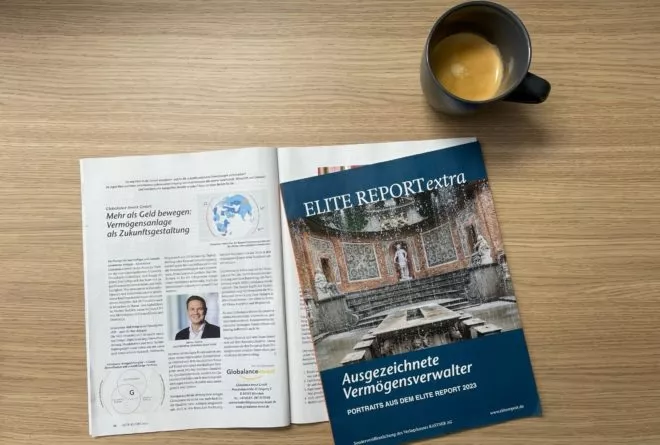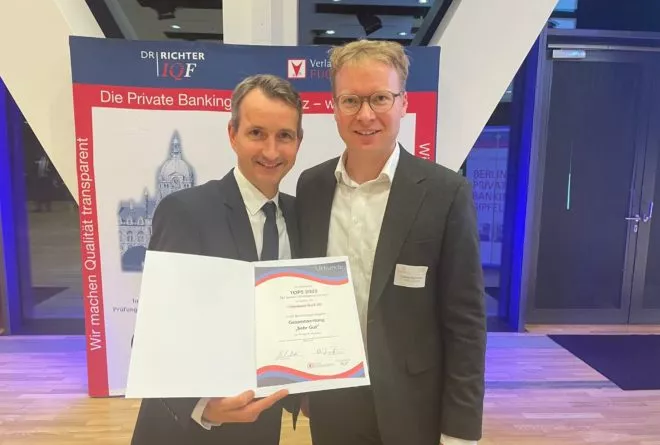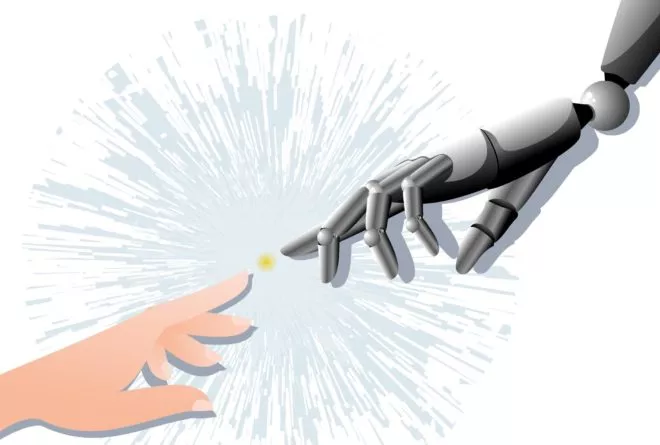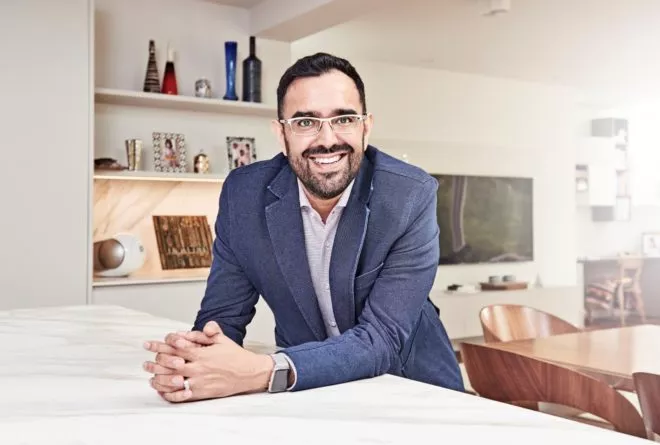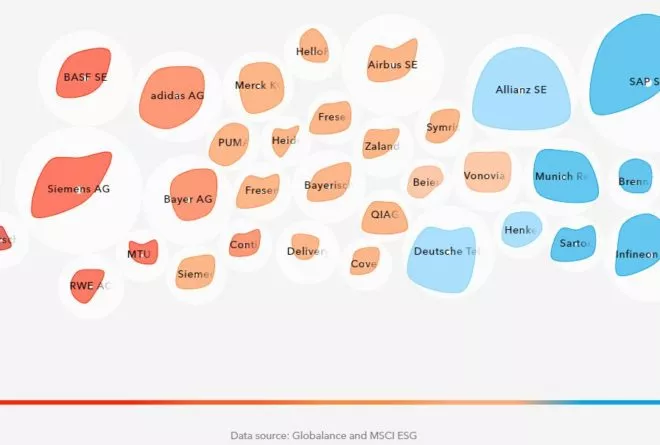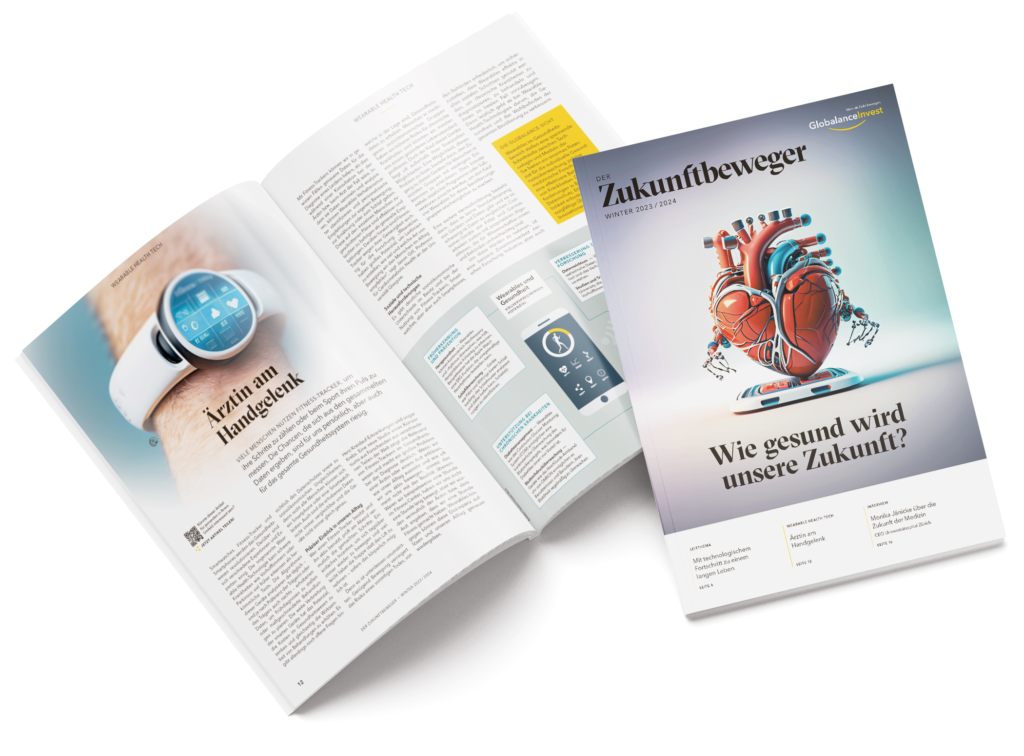News & Trends
Urbanisation: How to build the Cities we need

The World Resources Institute report shows that our cities are at a turning point. Seven key areas, from infrastructure to governance, are in urgent need of transformation to address the challenges of climate change, social inequality and environmental sustainability. This report emphasises the importance of investing in fairer, more resilient and sustainable urban environments to not only tackle climate change but also achieve global goals such as the United Nations Sustainable Development Goals. Find out how we are on the cusp of a major urban transformation and how everyone can play their part.
Summary
The megatrend of Urbanisation continues: One in two people live in cities and 2.5 billion more will do so by 2050. Cities produce over 80% of GDP but also 70% of global GHG emissions. Our cities are growing, while inequality widens and livelihoods dwindle. Urban infrastructure is not keeping pace with the surge in residents. With many cities already struggling to meet people’s basic needs, global development and climate challenges are increasingly urban challenges. A sustainable future depends on whether cities can transform. This seminal report presents seven transformations needed for more equitable and sustainable cities. Readers in the north in particular benefit from the rich content describing the realities and opportunities of many fast growting megacities in the south.
«The battle for a sustainable future will be won or lost in the world’s cities. This superb report is a good news-bad news story. It shows how cities can dramatically transform themselves to become low carbon, inclusive, creative, and productive – and that this transition is good for people, planet, and even politics.»
Andrew Steer, President and CEO, Bezos Earth Fund
What is it about
Historically, cities have been places of innovation and leadership. A handful of forward-thinking cities have made breakthroughs in recent years. But most cities remain on the path of unequal, unsafe, polluting growth while re-creating known failures. This report by the World Resources Institute is the culmination of a multi-year project to identify the most important recepies needed to change course. These are seven crucial urban transformations in the areas of infrastructure design and delivery, service provision, data collection, urban employment, finance, land management, and governance.
The report is based on innovative research which emphasises real-live experiences over income-statistics. Unequal access to essential infrastructure and services can have a much greater impact on lives, livelihoods, and long-term prospects than differences in earnings.
Why is this important
We, who are living in well-run urban areas of the north benefit from this reality check. To stop climate change or achieve global goals such as the United Nations Sustainable Development Goals, SDGs, radical shifts are necessary in the way we use energy, produce food, manage land, and live in cities. And we must invest much more in building resilience. Trillions of dollars of stimulus spending for COVID-19 recovery has opened a once-in-a-generation opportunity to reset and reshape our economies—but it must be a green recovery. We must invest in more equitable and sustainable cities that are better prepared for the next crisis.
The roadmap of seven transformations presented in this report demonstrate multiple areas where public and private investment is needed. New technologies developed by the private sector are having massive positive impacts.
The Globalance-Invest View
We consider investments to be future-fit if they reflect dominating megatrends such as urbanisation and are part of the solution to address pressing global challenges. Research as it is presented in this comprehensive synthesis report enable us to better understand the interdependencies between much needed transformations in global megacities and the risks and opportunities for the captial of our clients we are allocating to the various asset classes and investments. We invest, for example, in companies that provide the much needed services for sustainable transportation, energy, food, data and infrastructure at scale; or in micro-finance institutions which empower the underserved, often in informal sectors in cities of the south.
Find out more about our vision and how your investments can help shape the future of urban landscapes.

